When you have bugs in your house, it may feel like controlling their population is an endless struggle. It is alluring to speculate about what could happen if you just stopped battling them. Allowing pests to run wild in your house, on the other hand, sets you up for a variety of losses, from your health to your property.
Damages Pests Do
Pests can do minor to massive damages, from health hazards to structural damage.
The following are some of the damaging consequences of pests.
Disease
Fleas, cockroaches, mosquitos, rats, and various other insects and rodents frequently carry disease. Insects can spread Lyme disease, strep throat, spotted fever, salmonella, malaria, and dengue fever, among other diseases.
Mosquitoes, in particular, are capable of transmitting illnesses such as the West Nile virus and Zika virus. Rodents, especially bats, can carry the plague, hantavirus, and a variety of other highly contagious illnesses. Rats and bigger animals can transmit rabies.
Not only are these pests capable of carrying diseases, but they can also transmit them to your cherished animal friends both inside and outside the house. For example, a family had severe strep infections after flea-infested desert sand was transported near their house.
The sand was intended to be used to fill a sandbox. Instead, the household cat carried the fleas from the sandbox into the house, where they bit family members. Pests do not just represent a danger to people via disease. Numerous rodents and insects can induce allergic reactions, and some contain venom that can injure and sometimes kill humans.
You can contact local pest control companies to get rid of this issue.
Allergic Reactions
Another area of contention is allergies. Pests can bring allergens into the house. Also, their excrement can trigger allergic responses, and their shedding skin can contaminate the interior air. Dust mite dander and droppings are among the most frequent allergens found in the home. Other bugs, on the other hand, may induce allergic responses.
The black widow and brown recluse spiders are both poisonous spiders whose bites can result in serious health issues or even death if left untreated. Also, insects such as wasps, hornets, and bees can sting, causing humans severe and occasionally fatal allergic responses.
Structural Damage
Wood remains the primary building material utilized in residential construction. Unfortunately, termites, emerald ash borers, ants, long-horned beetles, and carpenter bees are all pests that feed on and burrow through the wood.
When wood-boring bugs consume wood, they compromise its structural integrity, rendering it useless and exposing it to the risk of cracking or collapsing.
Fabric Damage
The good news is that mature moths do not consume clothing. Indeed, they consume nothing at all! The bad news is that adult moths deposit their eggs in human clothing. Then the newly born babies devour it.
Moth larvae eat on textiles until they mature, wreaking havoc and making holes in the process. While moths are often associated with clothing, they consume hair, fabric, or fur, including curtains, carpets, or furniture.
Electrical Damage
Did you know that the teeth of rats and mice never stop growing? These rodents begin teething as infants and never stop. Tiny bite marks on a range of home objects are apparent indications of a rat infestation. Carpets, furniture, wood, cloth, and even plastics are all susceptible to relentless nibbling.
Controlling Pests
Now that we know what damages pests can do, let us deal with it!
Keep the Kitchen Clean
Pests flourish in an unsanitary, wet environment. Keep the kitchen countertops, racks, stovetop, and drawers clean to prevent insect invasion. Wipe them down with a disinfecting cleaner regularly. Additionally, if food particles are left out in the open, they will attract flies.
This pest control technique will not eradicate your pest infestation. However, it will significantly decrease the number of bugs in your home. Cleaning up after pest treatment is also critical to preventing your home from being infected in the future.
Keep the Bathroom Clean
The majority of pest control tips for apartments exclude advice on how to manage pests in bathrooms. However, the preceding regulation also applies. Maintain a clean and dry bathroom. Clean the toilet every other day using a specialized cleaner.
At the very least once a week, clean the sink with a heavy-duty bathroom cleaner. Maintain a dry and moss-free shower curtain. Make sure that the drain is free of hair and soap particles and that it is constantly covered. These simple steps can help keep the bathroom clean and pest-free for an extended period.
Take Out the Trash
We are often asked how to clean a kitchen after pest treatment, but the process is pretty straightforward, and trash disposal is critical. In an ideal world, trash would be disposed of daily.
Unfortunately, garbage buildup may result in rat, rodent, and cockroach infestations. This becomes much worse when you discover rotting food particles scattered around the home. This may result in disease transmission, particularly if you have pets or young children in the home.
Maintain Your Garden
Fill up holes or pits where water may collect if you have a lawn or garden. Clean your pond or water fountain frequently if you have one in your garden. Additionally, trim the plants regularly to prevent wild, bushy growth. Finally, keep your yard tidy and clean to prevent undesirable pests such as mosquitoes, rodents, and ants.
Throw Away Useless Items
Decluttering your home is an important pest control technique. If you have unused boxes collecting dust in your home or toys that your children have outgrown, get rid of them. These things act as breeding grounds for insects and viruses. Sell or discard unwanted items, such as old strollers, shoes, packing material, plastic bags, or damaged baggage.
Contact Pest Control
While the methods listed above may help decrease the number of pests in your home, they cannot be eliminated without expert assistance. Urban Company’s pest control service assists you in eliminating these dangerous pests. Our experts are highly trained and utilize only approved chemicals and procedures to guarantee your and your family’s safety.
These are the pest control techniques you can use in your home.
Conclusion
When you keep up on your cleaning, mopping, and other household duties, you will frequently disrupt any places where a pest may be contemplating establishing a home. Routinely cleaning will discourage pests before they become an issue.

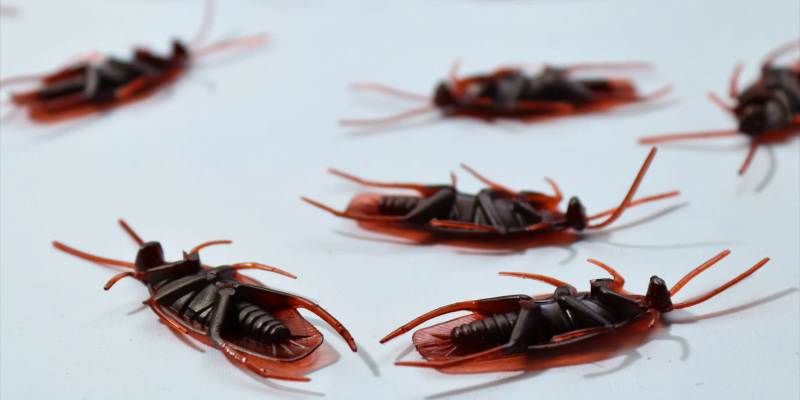
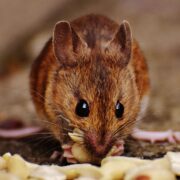
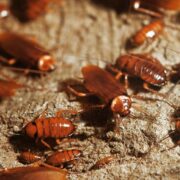
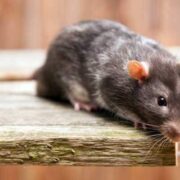

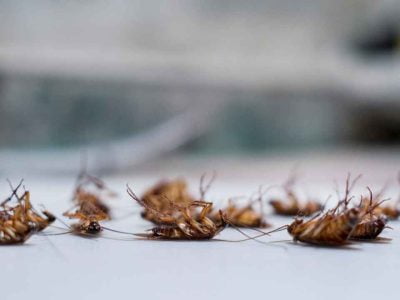
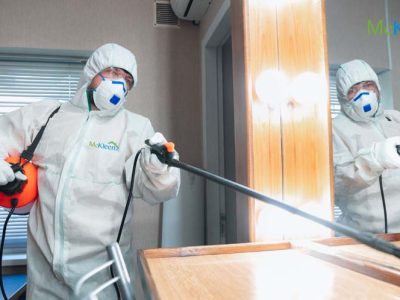
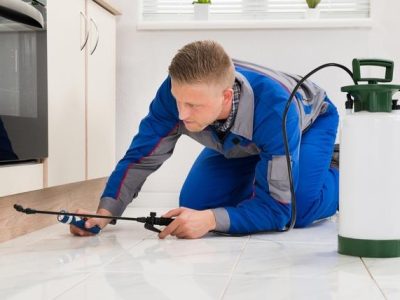
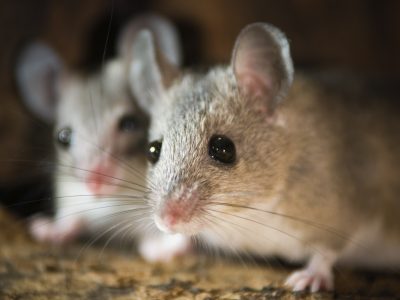




Comments